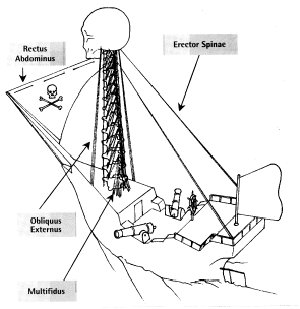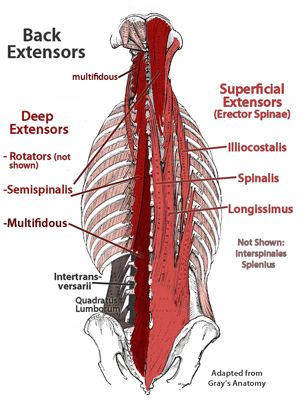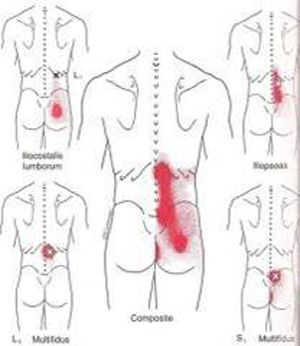You know it’s going to be a long shift when six calls in, the volume has not let up.
You just transported a 380-pound patient found lying in his driveway after he fell getting the mail. The call was dispatched as non-emergency so there was no one to help with the lifting.
After the call you notice your back is tight, but you pay it no attention as you’re dispatched to a senior community for another fall.
You arrive to find a frail female patient lying on the floor; she is in obvious respiratory distress. In your haste to get her onto the cot you choose to not use your flexible stretcher.
Like many frail patients, it’s hard to get a safe hold without hurting her, and as you lift the patient slips slightly in your arm. As you bend over to secure your hold, your back decides that it’s had enough.
As a society we are taught to ignore pain, and this is exactly what we have to stop doing. Pain, especially aching, nagging pain, is a symptom of bigger things to come — and a warning that must be heeded.
Those little spasms, aches and pains are what often become the bigger injury and herein lies the discovery that what you think you know about back pain is wrong. Here are three truths about your back.
1. Your back is not strong
 Your back is not strong; the notion of a strong back is a myth. The spine has some pretty specific jobs, including protecting the spinal cord and as an attachment point for muscles, and this is where we need to have a better understanding.
Your back is not strong; the notion of a strong back is a myth. The spine has some pretty specific jobs, including protecting the spinal cord and as an attachment point for muscles, and this is where we need to have a better understanding.
Think of your spine as a stack of oval blocks. In between each block is a jelly doughnut. On top of the block stack is a bowling ball, which rolls too far forward (like many of our head postures.)
The stack of blocks also sits on this funky base called your pelvis, which can move in all kinds of crazy directions and often leans too far forward as well.
If we think of the spine this way, it’s clear that something like this isn’t very strong. Your back strength comes from a combination of hip strength, abdominal co-contraction to help stiffen the spine and from a strong extensor chain.
The extensor chain includes the upper, middle and lower trapezius, cervical-thoracic-lumbar paraspinals, glutes and hamstrings.
Simply put, in order to have a strong back you must have very strong glutes (think dead lifts-squats and step ups), strong anterior and lateral abdominals to stiffen the torso when under load and strong, well-balanced spinal extensors.
 2. Posture matters
2. Posture matters
Where does your back hurt most of the time? If you work in fire or EMS, it’s likely in the para-spinal muscles from T8-L2. Grab a tennis ball or stick your fist back there, just to the side of your spine, and feel how sore and nasty those muscles are.
Every time you lift, move, pull, transfer or carry a patient with your head down, back round or knees locked, the strain goes to this area. Over time the tissue fatigues due to repetitive motion disorder, and this eventually leads to injuries.
As this tissue breaks down from poor technique and poor posture, those injurious loads are also being transferred into the jelly doughnuts.
3. BMI affects movement and can cause injury
A 1999 study published in the American Journal of Public Health concluded that “High job strain was the most important factor affecting back injury. Body mass index and a work movement index (twisting, extended reaching, and stooping) were also significant factors in injury.”
As first responders we have both.
 High job strain from lifting, moving and carrying? Check.
High job strain from lifting, moving and carrying? Check.
A majority of responders overweight and/or sedentary with correspondingly high BMI’s? Check.
EMS is a physical job, and to safely perform the job you have to have the strength and mobility to perform the daily tasks.
A high BMI is also associated with specific postures that alter how you move. Upper cross and lower cross patterns are significantly worse with a high BMI. The anterior pelvic rotation, foot position changes, forward head and rounded shoulders all change your biomechanics and will set you up for everything we discussed already.
Every time I teach a class, there’s that one person who has to boast that they have no pain or have not had an injury. While this is great — the goal is to stay injury free — do not ignore good mechanics and good tissue conditioning just because you do not have pain yet.













